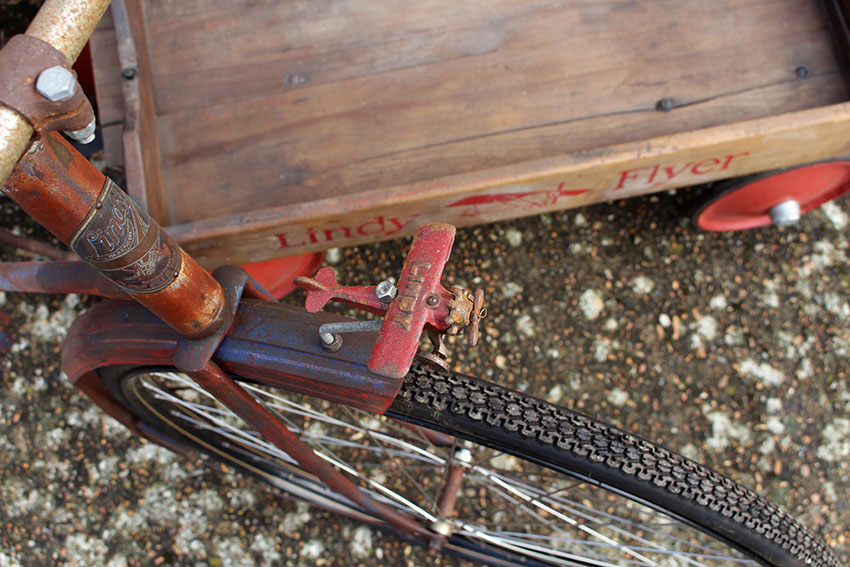

On May 20, 1927, 25-year-old pilot Charles Lindbergh strapped into his famous airplane, “The Spirit of St. Louis”, and took off on the first ever non-stop flight from New York to Paris. The 33.5-hour crossing vaulted Lindbergh to international stardom.
In the years before Charles Lindbergh’s New York to Paris flight, dozens of other pioneering aviators completed airborne crossings of the Atlantic. Most made the journey in multiple stages or used lighter-than-air dirigibles, but in 1919, British pilots John Alcock and Arthur Brown famously flew nonstop from Newfoundland to Ireland in a Vickers Vimy biplane before crash landing in a bog. Lindbergh’s major achievement was not that he was the first person to cross the Atlantic by airplane, but rather that he did it alone and between two major international cities.
Almost as soon as Lindbergh touched down after his historic 1927 flight, US manufacturers of every item imaginable started to prepare and market their ‘Lindy.’ A few were licensed by Lindbergh, but the majority were not. Shelby, a leading cycle maker, created a new line of ‘Lindy’ bicycles, which ran for several years with various models and specifications.
Because of the licensed Lindy bicycle, if another cycle company tried to cash in on the name they would be sued not by Lindbergh but by Shelby. Cycle companies were professional litigants, so the Shelby was the only full-size bicycle to bear his name. But there was a ‘tot’ size Lindy pedal tricycle as well as the ‘Lindy Flyer’ coaster wagon. This example is wooden, which was the first version. The wooden wagon was upgraded in 1932, with a rear brake and front bumper (a scaled down version of that fitted to the new 1932 Ford V8), and subsequent wagons had metal bodies.


1929 LINDY FLYER Coaster Wagon
9.5″ Wheels with solid rubber tyres
LENGTH: 36″



1932 MODEL






















1929 SHELBY ‘LINDY’ GIRLS BICYCLE v 1929 ‘LINDY FLYER’ COASTER WAGON

TO SEE THE
1929 SHELBY LINDY GIRLS BICYCLE
PLEASE CLICK HERE































